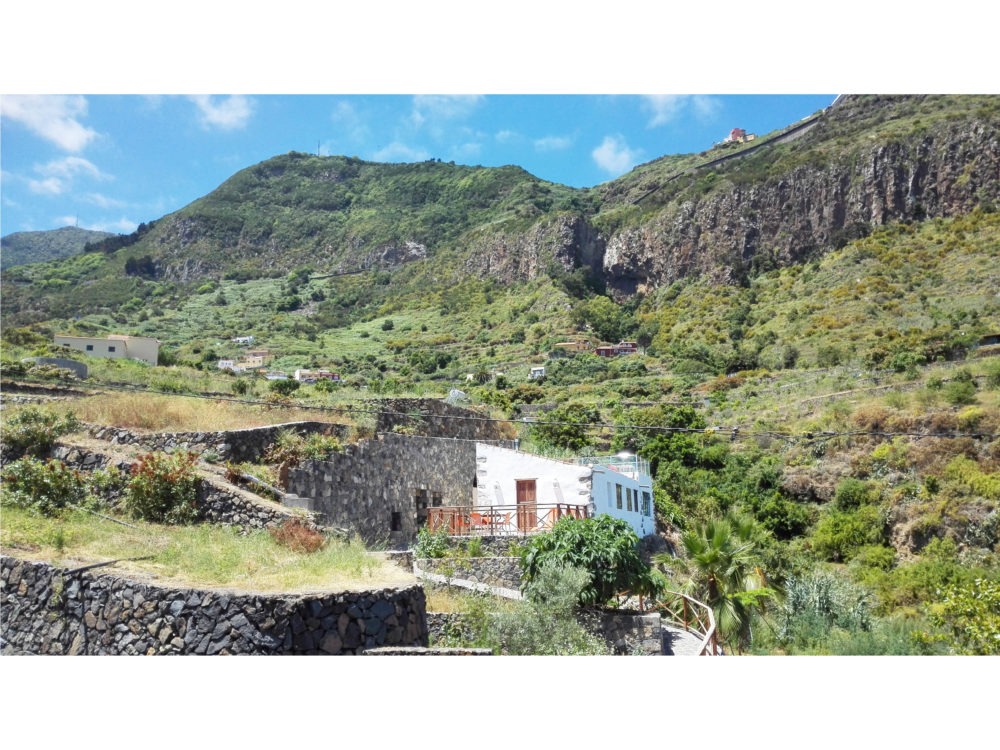Citrus x maxima
POMELO, PAMPELMUSE
Englische Bezeichnung: Grapefruit
Spanische Bezeichnung: Pomelo
Familie
Rautengewächse (Rutaceae)
Verwendbare Teile:
Frucht, Schale, Blüten & Blätter
Hauptbestandteile:
Mineralstoffe: Kalium
Vitamine: C
Sekundäre Pflanzenstoffe: Antioxidantien, phenolische Substanzen (Flavonoide, Carotinoide), ätherische Öle
Ernte-Hinweise:
Wenn sie auf Druck etwas nachgibt, ist die Frucht reif. Die Optik bewerten: Eine leicht schrumpelige, matte Schale spricht für einen höheren Reifegrad als eine glatte, glänzende, selbst wenn die ansprechender aussieht.
Verwendung:
Obstsalat, Säfte, Chutneys, Fruchtaufstriche
Die ursprüngliche Herkunft der Zitruspflanzen ist Südostasien.
Da Zitrus eine Jahrtausende alte Kulturpflanze ist, die gezüchtet und veredelt wurde und wird, gibt es heute keine bekannte Wildform der Urfrucht mehr. Jedoch gibt es ein sehr breites Spektrum an verschiedensten Zitrusfrüchten, einschließlich der Pomelo.
Sie ist die größte Citrus Frucht der Familie der Rutaceae und der Hauptvorfahre der Grapefruit.
Family
Rhombus family (Rutaceae)
Usable parts:
Fruit, peel, flowers & leaves
Main components:
Minerals: Potassium
Vitamins: C
Secondary plant substances: antioxidants, phenolic substances (flavonoids, carotenoids), essential oils
Harvesting guideline:
If it yields slightly when pressed, the fruit is ripe. Evaluate the appearance: A slightly wrinkled, matt skin indicates a higher degree of ripeness than a smooth, shiny one, even if it looks more appealing.
Use:
Fruit salad, juices, chutneys, fruit spreads
The original origin of citrus plants is South East Asia.
As citrus is a cultivated plant that has been cultivated and refined for thousands of years, there is no known wild form of the original fruit today. However, there is a very wide range of different citrus fruits, including the lime.
Familia
Familia Rhombus (Rutaceae)
Partes utilizables:
Fruta, cáscara, flores y hojas
Componentes principales:
Minerales: Potasio
Vitaminas: C
Sustancias vegetales secundarias: antioxidantes, sustancias fenólicas (flavonoides, carotenoides), aceites esenciales
Guía de cosecha:
Si cede ligeramente al presionarla, la fruta está madura. Evalúe el aspecto: Una piel ligeramente arrugada y mate indica un mayor grado de madurez que una lisa y brillante, aunque su aspecto sea más atractivo.
Uso:
Ensalada de frutas, zumos, chutneys, frutas para untar
El origen original de los cítricos es el sudeste asiático.
Como los cítricos son plantas cultivadas y perfeccionadas desde hace miles de años, hoy en día no se conoce ninguna forma silvestre de la fruta original. Sin embargo, existe una gran variedad de cítricos, entre ellos la lima.









































